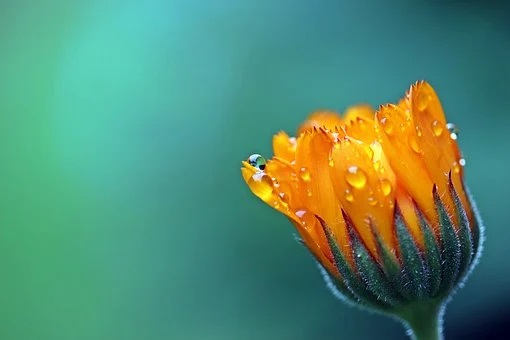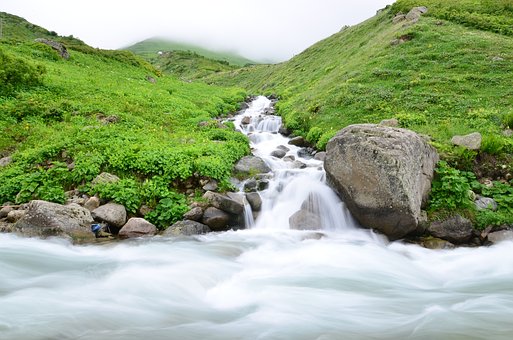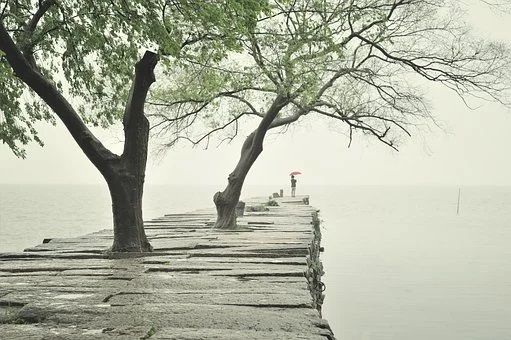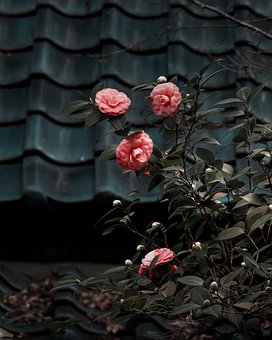On further analysis, death is really not just a simple process. The process of dying whereby a person’s sense organs and consciousness gradually cease to function is both complex and specific.
When the coma-like period is over, that is, after real death has set in, one enters into the intermediate state. At this point, the deceased wakes up from the coma. Beings in the intermediate state can see their own dead body and the family members gathering around; they even have a little bit of supernatural power to know what these people are thinking, but most don’t know they themselves are already dead. Just like a dreamer, not knowing he or she is dreaming, who takes everything in the dream for real, an intermediate being upon seeing family and friends cry will go to them and console them by saying, “Don’t cry. Everything is fine with me. It’s all right.” But family and friends seem not to see or hear the deceased. Now the intermediate being starts to wonder, “Why can’t they hear me?” Slowly, it dawns on this being that he or she is already dead.
~Depicted from THE HANDBOOK FOR LIFE'S JOURNEY - On Death And Rebirth-Understanding Death











